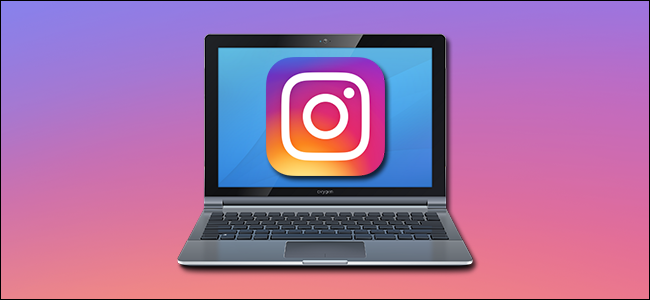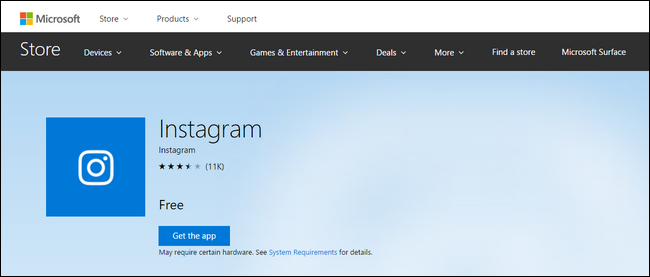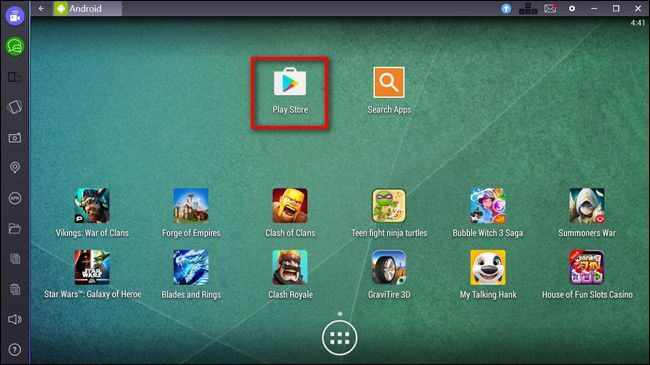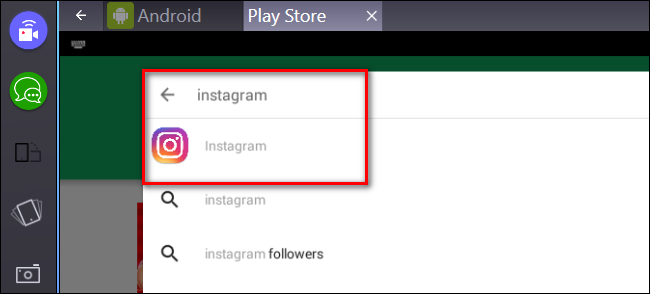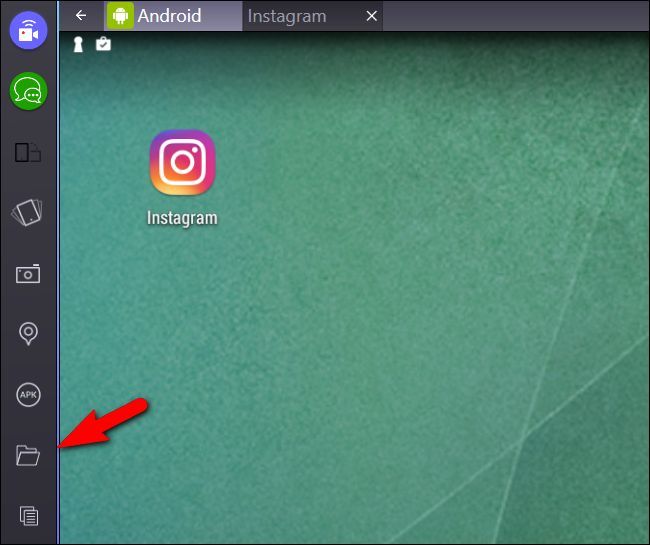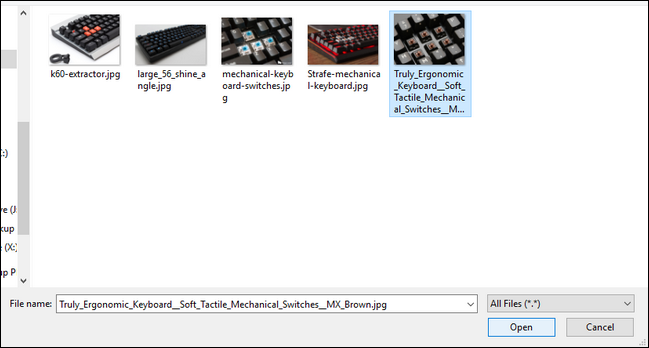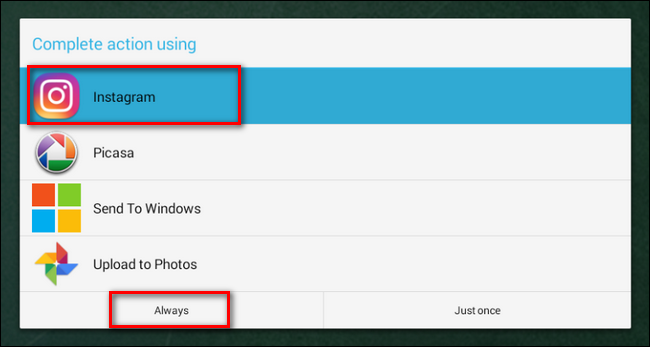Quick Links
Instagram has never made it a priority to help users upload images from their computers, but that doesn't mean it can't be done. We've got a clever and completely safe workaround that will have you uploading content from your computer in no time.
Why (and How) to Upload From Your Computer
If you're snapping photos on your phone and sharing them immediately with friends, this probably isn't of much interest to you, as you're using the Instagram workflow exactly how Instagram intends you to use it. If, on the other hand, you're a photographer who wants to upload content you've post-processed in Photoshop, or you're managing an Instagram account for a business where your content isn't coming directly from a smartphone, then the Phone-immediately-to-Instagram workflow is an inconvenient mess for you---who wants to save their work on the computer, sync it to their phone, and then upload it through the Instagram app?
In the fall of 2015, it seemed like Instagram was finally getting around to acknowledging users that wanted a PC-based workflow when they released an official Instagram client for Windows 10, but that proved to be a pretty hollow victory for the people clamoring for a PC client. Not only was the release limited to Windows 10, but the application only allows you to upload content to Instagram from your PC if the PC has both a touch screen monitor and a rear-facing camera (e.g. it's a Windows 10 tablet). No touch screen or rear-facing camera? The upload is, inexplicable and infuriatingly, disabled.
So where does that leave you, the Instagram user who wishes to upload content from their PC? It leaves you in a position of having to jump through a few small hoops to emulate the mobile Instagram experience on your desktop computer. We recommend doing so by installing an Android emulator on your PC, and using the Instagram Android app within it.
Third-Party Tools Are Too Risky
"Now wait a minute", you might be saying after reading that the hoop you must jump through involves emulating Android on the desktop, "that sounds like a lot of work. What about all these third party services with great features?" It's true, there are a plethora of third-party Instagram services like Gramblr and, enticingly, those services generally have pretty awesome features like the ability to schedule your Instagram posts. But we must clearly and strongly recommend against them.
Instagram has a very clear stance, per their terms of use and community guidelines, against users sharing their login credentials with a third party. If you use any application or web-based service that does not send you to the actual Instagram website to authorize the use of the application using OAuth (the same system that allows you to use your Google or Facebook account to log into a third-party service), then it is in direct violation of Instagram's rules and your account may be disabled. Even if your account isn't disabled, you're still trusting a third-party with total control of your account (and placing a lot of trust in whatever security measures they have in place to protect your login information---services like this are exactly how password leaks happen).
If you want to play fast and loose with the security of your personal Instagram account dedicated to posting funny pictures of your cat, that is your business. But when your business is literally, well, business, you might not want to be in the position of explaining to your boss how you got the company Instagram account shut down because you gave the login to some random Instagram helper app you found online.
The Solution: Emulate Android with BlueStacks and Install Instagram
To accomplish our end safely and without violating any Instagram rules, we're going to emulate Android with the popular BlueStacks emulator. We've selected BlueStacks, among other Android emulation solutions, for three primary reasons: it's available for Windows and macOS, it's extremely simple to install, and it has an easy built-in way to share content between the host computer and the emulated Android installation. That makes it easy to save a file on your PC and switch over to the Instagram app to post it.
Step One: Install BlueStacks and Instagram
We aren't going to run through this entire process here, since we've already written a step-by-step guide to installing and configuring BluesStacks. So head there, follow those instructions, then come back here to pick up where it leaves off: with the application installed and running.
Launch BlueStacks and double-click on the Play Store icon.
Search in the Play Store for "instagram" to locate the official app.
Just like when using an actual mobile device, you'll click "Install" and accept the things Instagram is allowed to access (like your media files).
At this point, you can run Instagram and log into it just like you would on your phone. Take a moment to do so now before moving onto the next step.
Step Two: Send Photos to BlueStacks for Easy Sharing
Now that we have BlueStacks installed and you're logged into your Instagram account, shipping content from your computer to Instagram is absolutely trivial. Let's say, for example, that you want to share some photos of sweet mechanical keyboards on Instagram. With BlueStacks fired up, it's literally two clicks to import a photo into Instagram and then edit/tag/caption it like you would any other photo on your mobile device.
Simply click on the folder icon on the sidebar of the BlueStacks window to open the host computer's file browser.
Select the file you wish to upload and click "Open".
When you've selected the file you want, you'll be prompted to select which application on the emulated Android device should handle the file. Select "Instagram" and click the "Always" button.
NOTE: If you plan on using mobile apps like Instagram's official Boomerang app or other design/layout helper apps, don't check "Always," as you may occasionally want to send imported photos over to those apps.
Instagram will load and the new post sequence will begin with Instagram prompting you to crop the photo, select a filter, add tags, and ultimately click the "Share" button.
Although you had to jump through a few hoops to get here, you're now able to share content from your PC directly to Instagram without violating their terms of use, giving your account credentials to a third-party, or risking your account in any way---because as far as Instagram is concerned, you just uploaded that photo from an Android phone.

